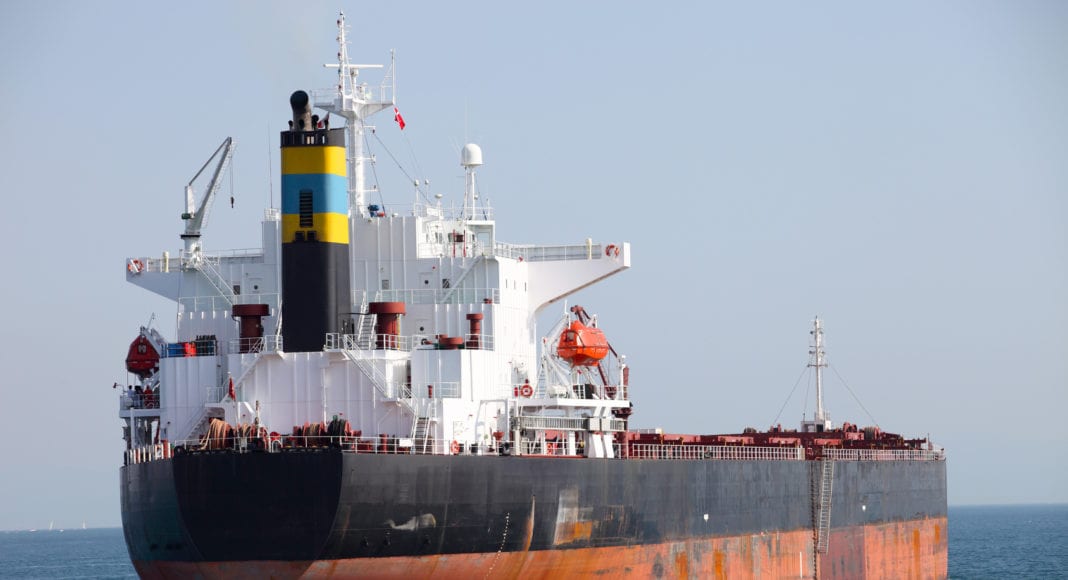(Reuters) – Oil prices were steady on Monday in seesaw trading, after hitting their highest in more than seven years on fears that a possible invasion of Ukraine by Russia could trigger U.S. and European sanctions that would disrupt exports from one of the world’s top producers.
Brent crude was down 11 cents, or 0.1%, at $94.33 a barrel by 0910 GMT, after earlier hitting a peak of $96.16, the highest since October 2014.
U.S. West Texas Intermediate (WTI) crude rose 1 cent, or less than 0.1%, to $93.11 a barrel, hovering near a session-high of $94.94, the loftiest since September 2014.
“Market participants are concerned that a conflict between Russia and the Ukraine could disrupt supply,” said Giovanni Staunovo, commodity analyst at UBS.
He added that the oil market is very sensitive to any news of potential supply disruptions as oil inventories are low and spare capacity at oil producers is expected to fall further.
Comments from the United States about an imminent attack by Russia on Ukraine have rattled global financial markets.
Russia could invade Ukraine at any time and might create a surprise pretext for an attack, the United States said on Sunday.
“If … troop movement happens, Brent crude won’t have any trouble rallying above the $100 level,” OANDA analyst Edward Moya said in a note.
“Oil prices will remain extremely volatile and sensitive to incremental updates regarding the Ukraine situation.”
The tensions come as the Organization of the Petroleum Exporting Countries (OPEC) and its allies, a group known as OPEC+, struggle to ramp up output despite monthly pledges to increase production by 400,000 barrels per day (bpd) until March.
While geopolitical tensions help add to the bullish view, this oil supercycle is fundamentally driven, RBC Capital analysts said.
“We see upside visibility for prices to touch or flirt with $115/bbl or higher this summer,” said analyst Mike Tran in a note.
The International Energy Agency said the gap between OPEC+ output and its target widened to 900,000 bpd in January, while JP Morgan said the gap for OPEC alone was at 1.2 million bpd.
“We note signs of strain across the group: seven members of OPEC-10 failed to meet quota increases in the month, with the largest shortfall exhibited by Iraq,” JP Morgan analysts said in a Feb. 11 note.
The bank added that a supercycle is in full swing with “oil prices likely to overshoot to $125 a barrel on widening spare capacity risk premium”.
Investors are also watching talks between the United States and Iran to revive the 2015 nuclear deal.
Iran’s foreign ministry spokesman said on Monday that the talks have not reached a dead end, even though a senior Iranian security official said earlier that progress in talks was becoming “more difficult”.



